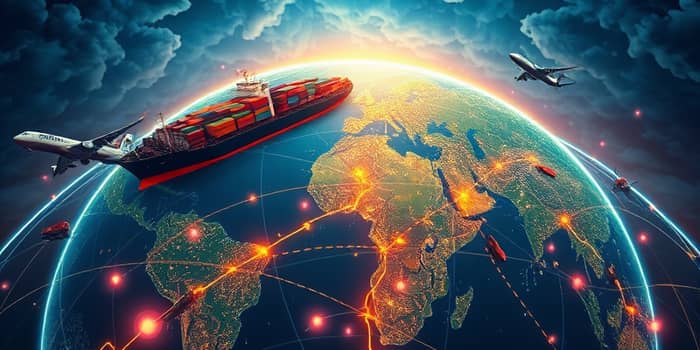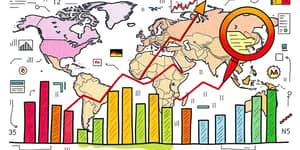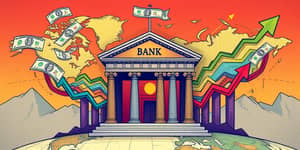
In today’s interconnected world, businesses face an unprecedented level of uncertainty. No longer is supply chain stability a given; instead, it has become a battlefield of competing forces. Companies must navigate geopolitical tensions, climate crises, and technological threats, all while protecting their bottom lines. This article delves into the heart of these challenges, offering an inspiring yet practical guide to safeguarding corporate earnings in a permanently volatile global landscape.
Supply chains have evolved from simple linear systems into complex, interconnected global networks that are perpetually exposed to disruption. The pandemic’s aftershocks, rising geopolitical conflicts, and extreme weather events have converged to create a “new normal” of repeated, simultaneous interruptions across industries.
Leaders no longer ask if a disruption will occur—they ask when, where, and how severe it will be. Annual costs tied to these upheavals now exceed $184 billion worldwide, with 76% of European shippers reporting at least one major event in the past year.
Understanding root causes is key to building resilience. Several factors drive the current surge in supply chain volatility:
Disruptions strike at the core of profitability. From inflated costs to lost revenue, their effects ripple across every financial statement.
Rising operational expenses are often the first blow. Companies resort to expedited shipping, alternative suppliers, and overtime labor to bridge gaps, eroding profit margins in the process.
Inventory imbalances—overstocks in some regions, severe stockouts in others—distort cash flow and force write-downs. In time-sensitive sectors, delayed deliveries translate directly into lost sales and broken customer trust.
Moreover, elevated fuel and transportation costs stoke inflationary pressures, adding another chokehold on margins. Seasonal peaks become ever riskier, as one missed shipment can crater quarterly earnings.
When products vanish from shelves, customers quickly lose patience. Research shows that a single stockout can reduce brand loyalty by up to 50% for that product category, driving customers into competitors’ arms.
The cost to win back a lost customer averages $29 in additional marketing and sales efforts. With acquisition expenses up 222% over the past decade, this challenge becomes even more daunting.
Delayed new product launches also undercut first-mover advantages, handing rivals a precious window to capture market share. In fast-moving industries, this lost opportunity can be worth millions.
Companies can adopt both short-term tactics and long-term resilience strategies to weather these storms.
For sustainable resilience, firms are investing in digital transformation. AI and machine learning offer predictive analytics for smarter decision-making, though adoption requires careful ROI management. Cloud computing and IoT enhance real-time visibility, allowing managers to spot and address disruptions before they escalate.
Building strong partnerships—both with suppliers and labor unions—ensures more agile crisis response. Meanwhile, sustainability efforts focused on fuel efficiency can shave costs while bolstering brand reputation.
Despite clear benefits, executing these strategies presents hurdles. Advanced technologies demand skilled talent and significant capital investment. Inventory buffers tie up cash that might otherwise fund growth or innovation.
Regulatory compliance is a moving target, with governments imposing ever-stricter sourcing disclosures and environmental standards. Skepticism also lingers from past overhyped solutions like blockchain, requiring a balanced, evidence-based approach.
In an era where supply chain disruptions are the rule, not the exception, companies must transform chaos into a catalyst for change. By blending operational agility with digital innovation and strategic partnerships, businesses can protect and even enhance their earnings power.
This journey demands both financial discipline and an unwavering commitment to resilience. Firms that rise to this challenge will not only survive but thrive, turning uncertainty into a competitive advantage in the global marketplace.
References













